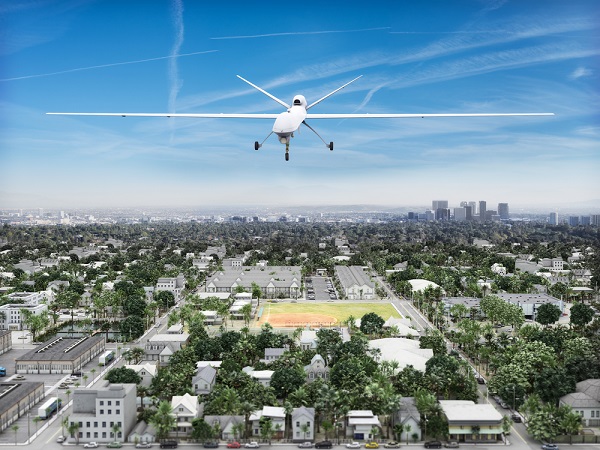Ready for Lift-Off: 3 Coverage Considerations for Drones

By: Will Jones
As the coronavirus pandemic took hold, businesses around the world assessed their remote options for conducting their operations. For most industries, utilizing drone technology was a distant dream. The untested nature of the technology, as well as regulatory restrictions, means that drones cannot be used in most commercial operations—yet.
However, there are signs that the market is readying itself for an avalanche of opportunity if the Federal Aviation Authority loosens regulations. If this happens, what coverage gaps do agents need to be aware of? And how can agents find the right policy and offer the best service?
If drones do eventually take off in the U.S., agents and brokers need to be ready for what’s to come. Here are three coverage considerations to prepare:
1) Hijacking risk. One of the biggest emerging risks relates to damages caused by a “hacked” or “hijacked” unmanned aircraft vehicle (UAV). Security experts have found that many UAVs, both commercial and hobbyist are capable of being hacked, resulting in stolen data or the UAV being used to intentionally cause damage to a manned aircraft or persons and property on the ground.
However, “almost all policies exclude coverage in these circumstances,” says Jeffrey Ellis, partner at Clyde & Co, an insurance law firm based in New York. “While these exclusions are understandable, the operator is left without protection for a risk that most operators will have great difficulty quantifying.”
This problem is compounded by the fact that the law regarding operator liability in this area is also unclear, Ellis explains. “In this regard, it is a very real possibility that an operator using a particular type of UAV, which may not have the anti-hijacking technology of another type of UAV, could be held liable for failing to take adequate preventative measures,” Ellis says. “Given the potential exposure, especially with large commercial drones, it is quite clear that the law and coverages in this area certainly need to develop further.”
2) Equipment. Drone crashes happen more frequently than the aviation industry standard, which is why “mitigating risk for drone operators is crucial as even the most experienced, professional, and prepared drone pilots find themselves in unexpected predicaments,” says Ilan Yusim, marketing director, SkyWatch.AI.
In addition to the frequency of accidents, the severity can often be drastic. For example, a quality drone with an affixed camera for real estate or roof inspection may cost in the region of $6,000. However, “let’s say the drone operator lands a job with the highway department and needs to use a LIDAR sensor,” says Jon Downey, agency president, Assured Partners—Aerospace. “That could go from a $6,000 drone to being worth six figures.”
“Hull rates increase as more advanced and expensive equipment is being used while the crash rate remains,” Yusim agrees.
3) Exclusions. Most policies exclude coverage for contractual-based liability and “illegal” or “unlawful” use.
“Contractual liability is likely to arise whenever a commercial drone operator undertakes a job which requires the drone to provide data that will be used by the entity which retains the operator,” Ellis says. “When insuring commercial drone operators, it is extremely important to determine whether contracts provide for contractual liability and, if so, to determine whether such coverage is excluded under a particular policy.”
Meanwhile, illegal use is determined by the local UAV laws in the area the drone will be operating. “While there is ongoing debate about whether such laws are preempted by federal laws, only one court has addressed the issue to date and in so doing held that the local laws in question were preempted and not valid,” Ellis says. “The issue, however, remains largely unsettled and should be carefully considered when discussing appropriate coverages since until overturned, such local laws could be deemed to render the operation unlawful and void coverage that might otherwise be applicable.”
Will Jones is IA managing editor.
For more resources, read the Big “I” Virtual University (VU) articles, “ISO’s 2015 CGL and CUP Drone Filing,“ or “Drones and the ISO CGL Policy.”










